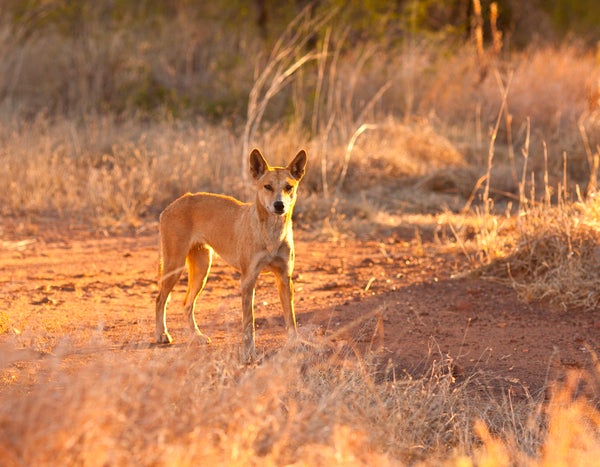The Australian government unleashed a strain of a hemorrhagic disease virus into the wild earlier this year, hoping to curb the growth of the continent’s rabbit population. This move might sound barbaric, but the government estimates that the animals—brought by British colonizers in the late 18th century—gnaw through about $1150 million in crops every year. And the rabbits are not the only problem. For more than a century Australians have battled waves of intrusive species with many desperate measures—including introducing nonnative predators—to limited avail.
Australia is not the only country with invasive creatures. But given that it is an isolated continent, most of its wildlife is endemic, and its top predators are long extinct. This affords alien species a greater opportunity to thrive. “In other places, you’ll see a much bigger predator community,” says Euan Ritchie, an ecologist and one of the directors of the Ecological Society of Australia. But the Tasmanian tiger, the marsupial lion and the Megalania (a 1,300-pound lizard) are gone. The only remaining top predator, the Australian wild dog, or dingo, is under threat from humans because of its predilection for eating sheep.
Along with rabbits, Australia is trying to fend off red foxes (imported for hunting), feral cats (once kept as pets), carp (brought in for fish farms) and even camels (used for traversing the desert). Wildlife officials have attempted to fight these invaders by releasing viruses, spreading poisons, building thousands of miles of fences and sometimes hunting them from helicopters. In one famous case, the attempted solution became its own problem: the cane toad was introduced in 1935 to prey on beetles that devour sugarcane. But this proved a spectacular failure because the toads could not climb cane plants to reach the insects and are now a thriving pest species.
On supporting science journalism
If you're enjoying this article, consider supporting our award-winning journalism by subscribing. By purchasing a subscription you are helping to ensure the future of impactful stories about the discoveries and ideas shaping our world today.
Despite scientists’ protestations, the government plans to introduce another virus later this year, this time to try reducing the out-of-control carp population. “We can’t go back to the past” in terms of returning to the native ecosystem, Ritchie says. So why bother trying? Because, he says, the invaders have not managed to wipe out all the species that are uniquely Australian: “We have a lot of native mammals and other species that are holding on.”
